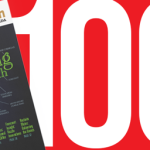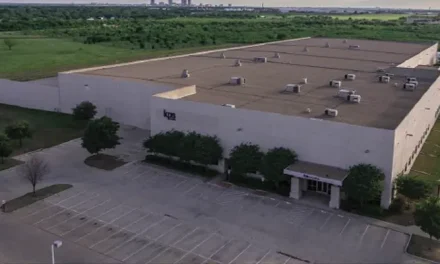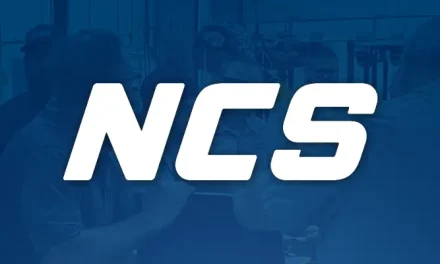
“But is it documented?”

By Renee Boyda, CPHR Candidate
All too often a supervisor will discuss a problem with an employee and not document it, only to have the problem occur again and again. Or, they will see the employee exceed expectations and forget to take note of it.
Proper documentation is key for an employer to take employment actions such as promotions, bonuses, or disciplinary measures – especially termination. Documentation can take many forms. It can include notes from meetings with employees, follow-up emails summarizing what took place in a performance-related meeting, comments contained in performance reviews, and even disciplinary letters.
Proper documentation creates a permanent record of events, the actions taken and the reason for those actions. But more importantly, documentation informs an employee of the supervisor’s expectations and the consequences of failing to meet those expectations and guides the employee’s future behaviour. It also assists and justifies the employer in future employment decisions.
Many types of employment actions require documentation. Performance reviews and discipline are most frequently considered when discussing performance-related meetings. But any discussions with employees regarding safety violations, demotions, promotions, attendance, changes in job duties, increases, bonuses, probation, or training must be documented. There are instances when you should be particularly cautious and ensure you are documenting carefully. These include accommodation requests, medical leave requests, major policy violations, significant changes to job duties, harassment or violence claims, layoffs, terminations, or if you notice an emerging pattern of negative behaviour, such as lateness or angry outbursts. These issues require careful maneuvering and precise actions that, if not diligent, could create unnecessary difficulties for employers.
The consequences of not documenting employment actions are numerous. But overall, a lack of documentation equates to scarce evidence for defending employment actions in court, unequal or inconsistent treatment of staff, misinterpretations of what was said in a performance-related meeting, and eventually poor morale due to frustrated coworkers and managers who witness no improvements to poor performance over time.

To be useful, your documentation must be effective. Effective documentation for poor performance will include: who was present at the meeting, the date and time of the meeting, the date and time of the event, a clear description of what happened (answers the who, what, where and when), your expectations, how the employee’s actions failed to meet the expectations, the impact to the organization (using metrics if possible), the consequence of not meeting the expectations in the future, an action plan outlining what the employee needs to do to meet the expectations with a timeline or deadlines, a reference to prior counselling or discipline for the same matter, and date and time of the follow up meeting.
Effective documentation does not include: Vague or unclear wording, using absolute terms such as always and never to describe bad behaviour, using retaliatory phrases, references to previous mistakes or discipline that have no bearing on the issue at hand, or glossing over the issue and avoiding difficult statements to avoid confrontation. Employees must receive clear direction on their infraction and what the consequences will be for not correcting the problem. They should never be surprised.
Just as important as documenting poor performance is documenting excellent performance! This serves several purposes. It provides a record of achievements and strengths, which can be valuable during performance evaluations and promotion considerations. It also helps in recognizing and reinforcing positive contributions, boosting employee morale and motivation. Additionally, having a documented history of positive behaviour can be useful in situations involving team building and identifying potential candidates for leadership roles within the organization. Remember, positive documentation is not only about recognizing achievements but also about fostering a positive work culture.
To document positive employee work actions effectively, consider these steps: Clearly outline the details of the positive action and specify what the employee did well, use metrics if possible to quantify the positive impact using key performance indicators, document and acknowledge the positive action as close to its occurrence as possible for maximum impact, relate the positive action to workplace goals, and describe the context of the action, explaining the challenges or circumstances that the employee navigated successfully.
Most importantly, whenever you are documenting employment actions (positive or negative) you must maintain confidentiality. Respect the privacy of the employee while documenting any occurrence and share information only as appropriate. Always give an employee an opportunity to improve their bad behaviour and always encourage the positive behaviour. Some of the time spent managing people is filled with difficult conversations. Following these tips will ensure that you are offering consistency, clarity, and proof when handling employee issues.
Renee Boyda is a human resources consultant and CPHR Candidate with 10 years of experience in all aspects of human resources in her past roles in both union and non-union environments. Renee received her Bachelor of Arts in Sociology from the University of Manitoba, and received both Human Resource Management and Management Development Certificates with Honours, from Red River College. Renee has completed Investigation Level 1 & 2 through Hill Advisory Services. Renee has built HR structures and processes to create consistency and fairness in several workplaces where little existed prior to her arrival. She is a problem solver who does not shy away from tough conversations and is a calm and knowledgeable presence. Renee is a proud Metis and a highly adaptable personality with a focus on customer service. She can be reached at renee@legacybowes.com.



































